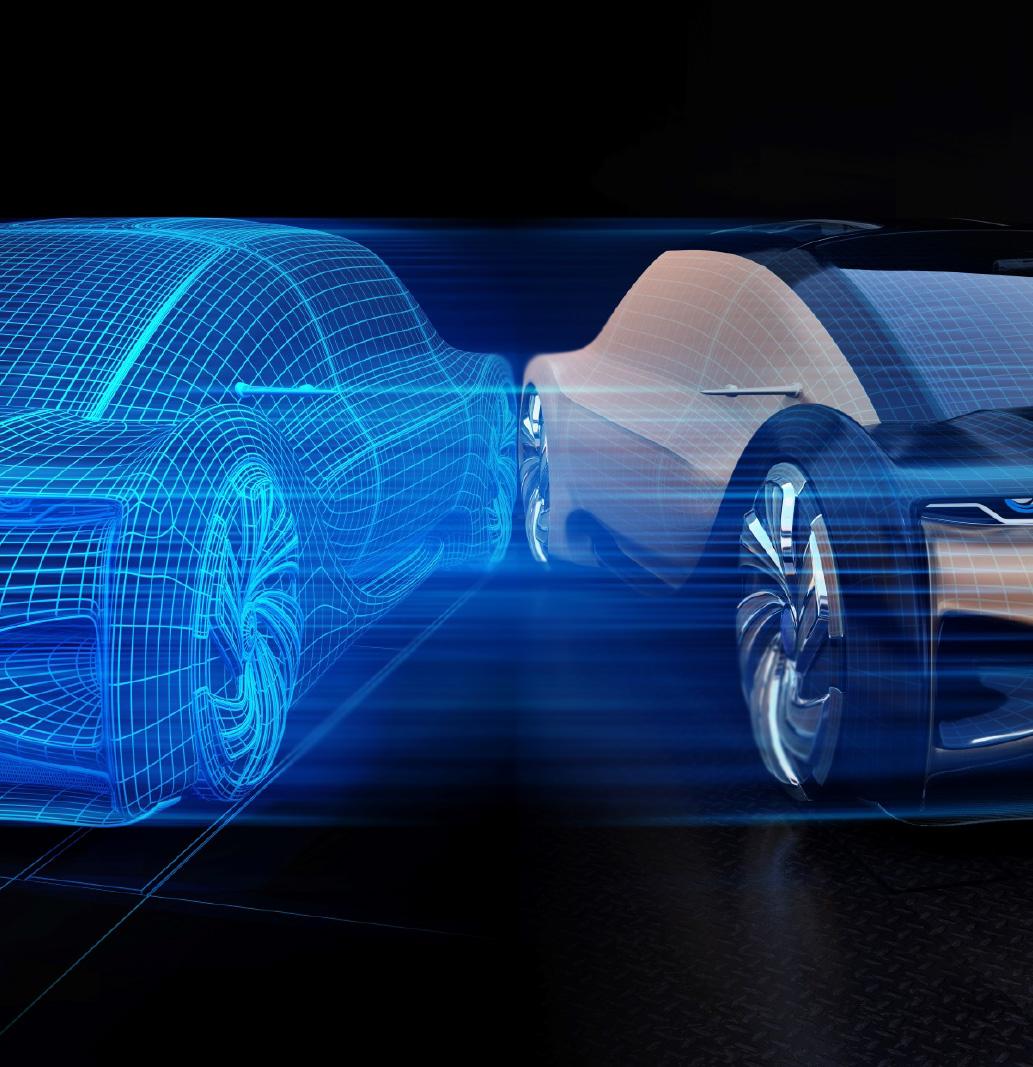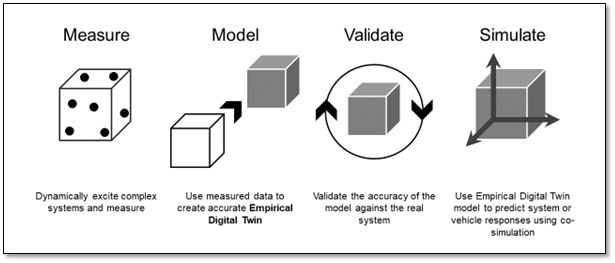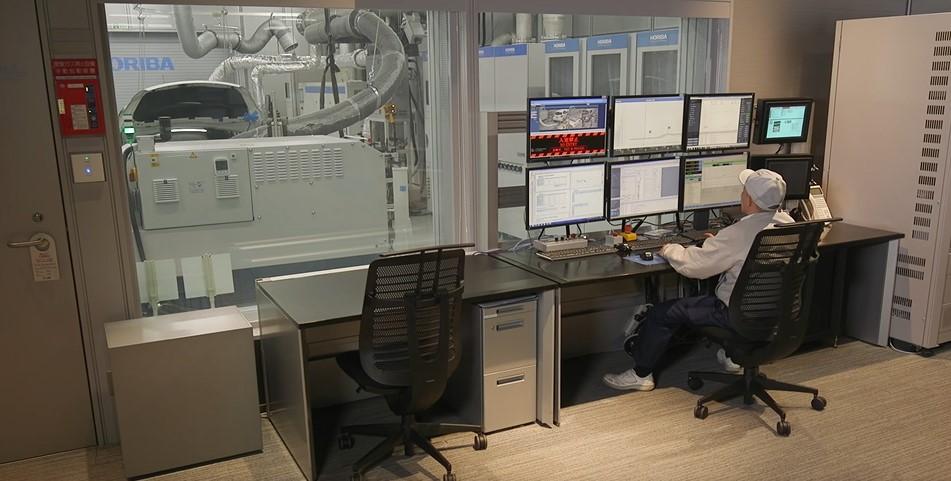Empirical Digital Twin
Create Simulation Models from Real Hardware
An accurate empirically derived digital twin model of a real powertrain can support a more optimized verification, validation and sign-off process.
Existing test automation systems and hardware can be used to follow a transient excitation cycle to simulate a non-linear system such as a hybrid powertrain. The benefit of this is that while some level of robustness can be achieved with traditional lab-based and in-field testing, a digital replica can be used to explore all possible scenarios thereby providing greater coverage and reduced risk.
Сегмент: Automotive
Подразделение: Test Automation Systems
Производитель: HORIBA UK Limited
Base product:
Intelligent Lab









